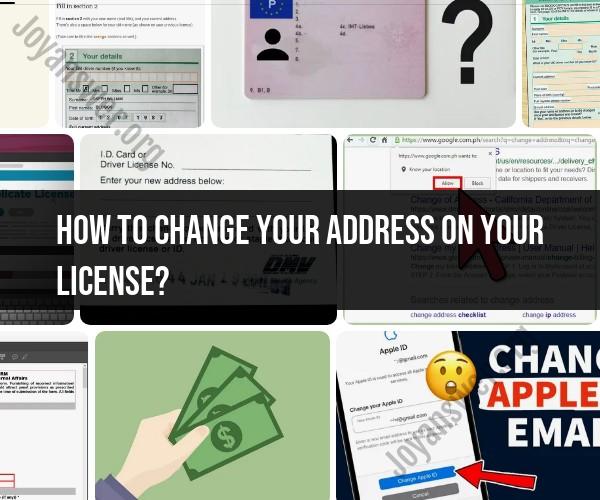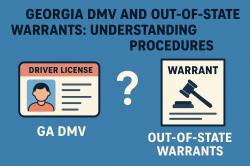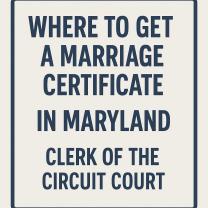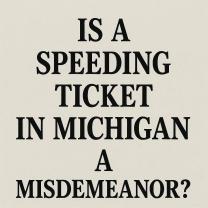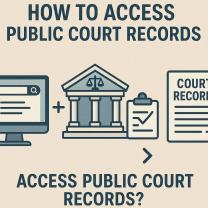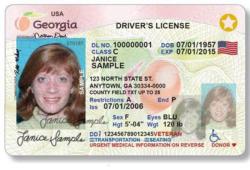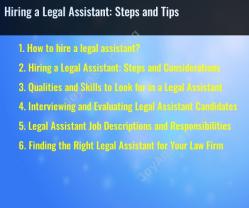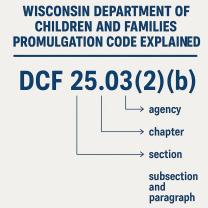How to change your address on your license?
Changing your address on your driver's license typically involves a few straightforward steps. Please note that the specific process may vary depending on your location, as each country or state may have slightly different requirements. Here is a general step-by-step guide:
Check Eligibility and Timing:
- Review the rules and regulations related to changing your address on your driver's license in your specific area. Typically, you must update your address within a specific timeframe after moving, which can vary from place to place.
Gather Required Documents:
- Collect the necessary documents. These may include:
- Your current driver's license.
- Proof of your new address, such as a utility bill, lease agreement, or a bank statement. Check your local DMV or equivalent agency for specific requirements.
- Proof of identity, such as your passport or birth certificate.
- Payment for any associated fees. The cost for changing your address on your license varies by location.
- Collect the necessary documents. These may include:
Visit Your Local DMV or Equivalent Office:
- Locate the nearest Department of Motor Vehicles (DMV) or equivalent government office that handles driver's licenses. Check their website or contact them to confirm their address and hours of operation.
Complete Required Forms:
- Fill out any necessary forms for changing your address on your driver's license. These forms are usually available at the DMV office, or you may be able to download them from the DMV's website in advance.
Submit Your Application:
- Bring all the required documents and your filled-out application form to the DMV office. Be prepared to stand in line and wait your turn.
Take a New Photo:
- Some DMV offices require a new photo when you change your address on your license. Be ready to have your picture taken.
Pay the Fee:
- Pay any fees associated with the address change. Fees can vary, so check with your local DMV for the exact cost.
Receive a Temporary License or Confirmation:
- In some places, the DMV may provide you with a temporary paper license while your updated license is being processed.
Receive Your Updated License:
- Typically, your updated driver's license with the new address will be mailed to your new address within a few weeks. Make sure to update your address with your post office to ensure that you receive it.
Update Other Records:
- After successfully changing your address on your driver's license, remember to update your address with other relevant organizations, such as your insurance provider, vehicle registration, and voter registration, as necessary.
It's essential to follow the specific guidelines and requirements of your local DMV or equivalent agency, as the process can vary by location. Be sure to complete the address change promptly to ensure that your driver's license information is up-to-date and accurate.
How to Change Your Address on Your License: Essential Steps
Changing your address on your driver's license is a relatively straightforward process, but there are a few essential steps that you need to follow to ensure that the change is processed correctly and efficiently.
The first step is to contact your local Department of Motor Vehicles (DMV) to inquire about the specific requirements for changing your address on your license. Some states may require you to visit a DMV office in person, while others may allow you to make the change online or by mail.
Once you have determined the requirements for your state, you will need to gather the necessary documentation. This may include your current driver's license, proof of your new address (such as a utility bill or lease agreement), and a fee.
Once you have all of the required documentation, you can submit your request to change your address. If you are visiting a DMV office in person, be prepared to wait in line. If you are submitting your request online or by mail, be sure to follow the instructions carefully.
Updating Personal Information on Your Driver's License
In addition to changing your address, you may also need to update other personal information on your driver's license, such as your name or date of birth. The process for updating this information is similar to the process for changing your address.
Contact your local DMV to inquire about the specific requirements for updating your personal information on your license. You will then need to gather the necessary documentation and submit your request.
Ensuring Accurate Address Information on Your License
It is important to ensure that your address information on your driver's license is accurate and up-to-date. This is because your driver's license is used to verify your identity and address for a variety of purposes, such as registering to vote, opening a bank account, or renting an apartment.
If you move, be sure to change your address on your driver's license as soon as possible. You can usually do this online or by mail. If you fail to update your address information, you may receive important correspondence from the government or other entities at your old address.
DMV Procedures for License Address Change Requests
The DMV procedures for license address change requests vary from state to state. However, most states require you to submit the following documentation:
- Your current driver's license
- Proof of your new address (such as a utility bill or lease agreement)
- A fee
You may also need to provide additional documentation, such as a change of address form from the US Postal Service.
Address Change Notifications and Legal Requirements for License Holders
In most states, you are legally required to notify the DMV of any address change within a certain period of time, typically 10-30 days. You can usually do this online, by mail, or by visiting a DMV office in person.
Failure to notify the DMV of your address change may result in a fine or suspension of your driver's license.
Conclusion
Changing your address on your driver's license is a simple process, but it is important to follow the correct procedures. By following the essential steps outlined above, you can ensure that your address change is processed correctly and efficiently.
